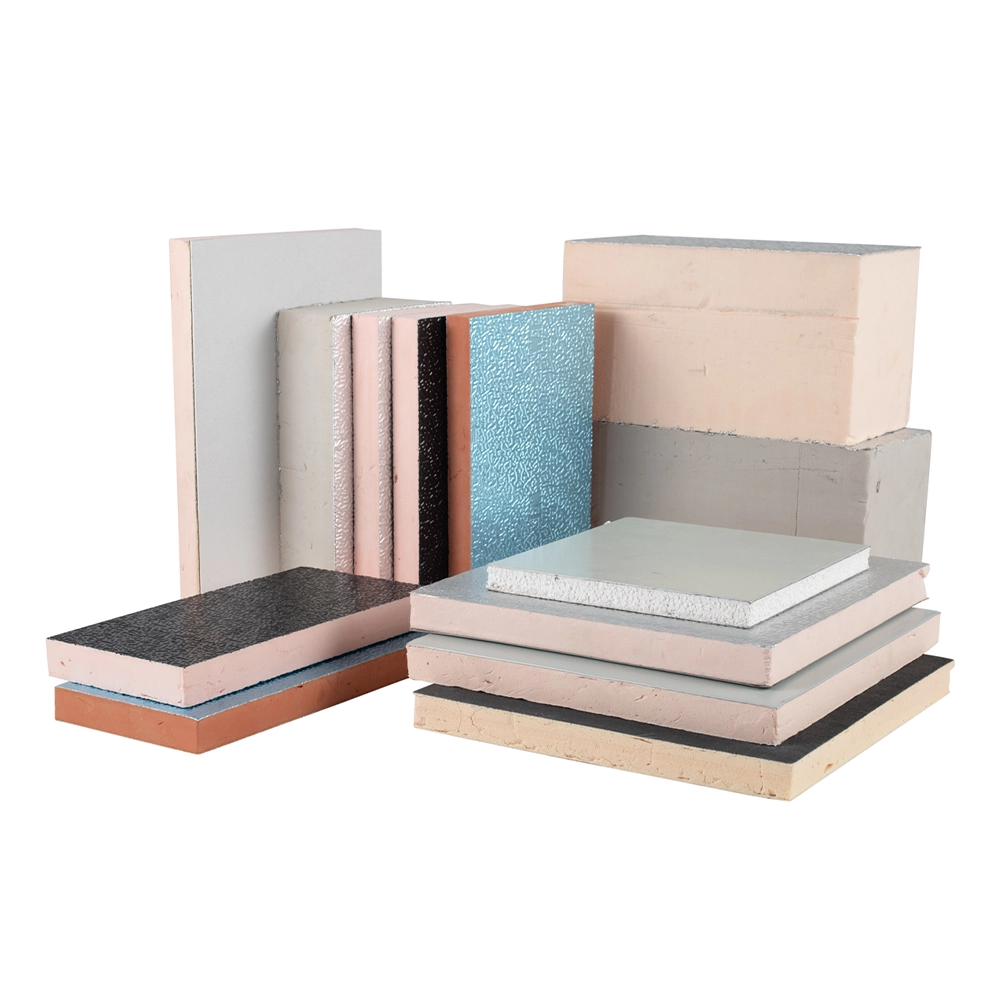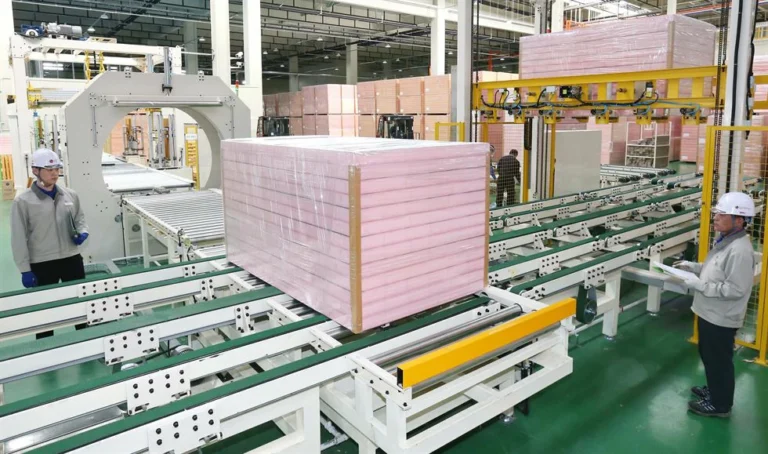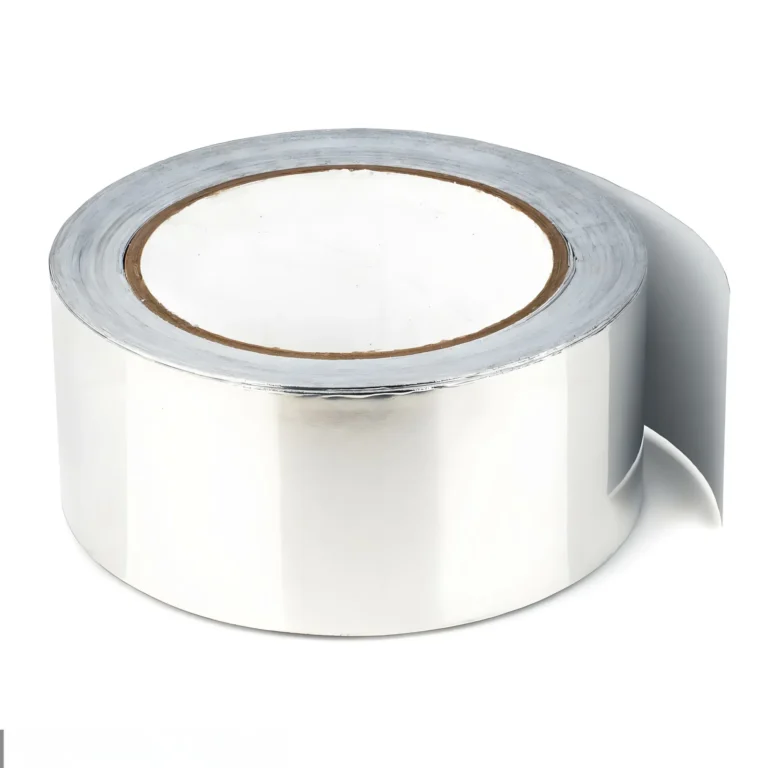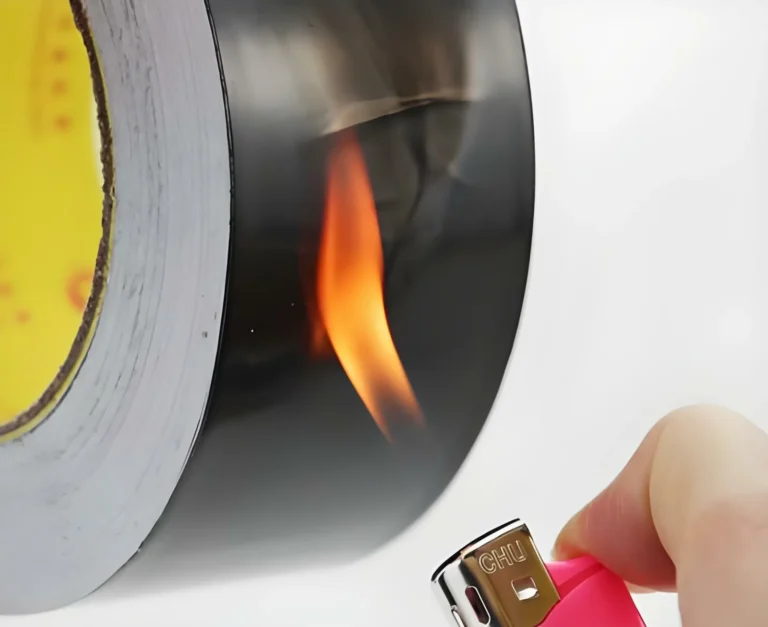Insulation panels are essential in improving the energy efficiency and overall comfort of residential and commercial buildings. They come in various forms, including rigid insulation, insulation sheets, styrofoam insulation, white insulation board, and blue board insulation, catering to diverse building needs and specifications.
Enhancing Building Efficiency with Insulation Panels
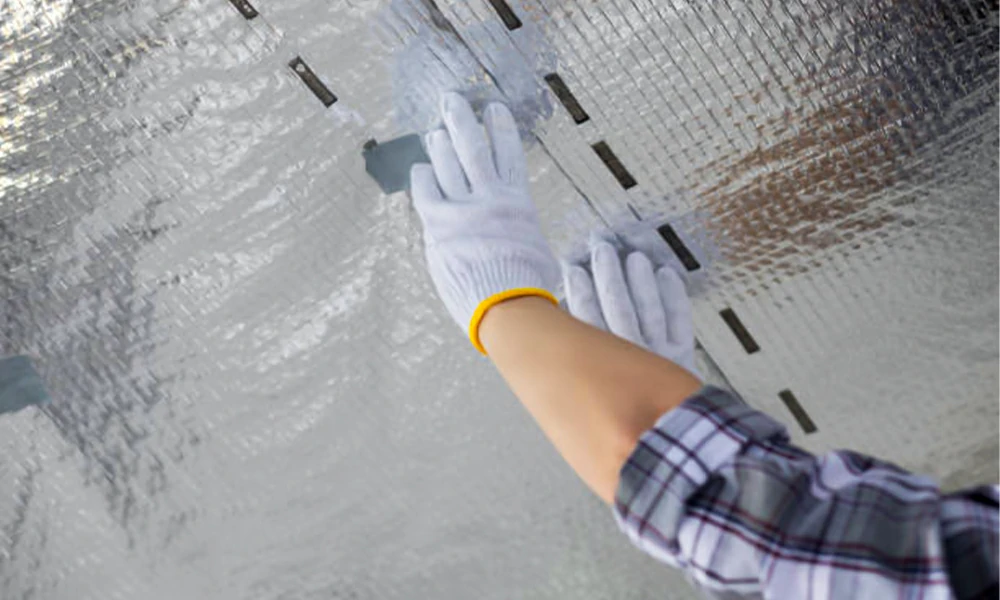
Rigid Insulation: This type of insulation is renowned for its durability and excellent thermal resistance. Studies show that effectively installed rigid insulation can reduce heating and cooling costs by up to 50%, making it a cost-effective choice for energy-conscious builders and homeowners.
Insulation Sheets: These are versatile and easy to install, making them suitable for a wide range of applications. Insulation sheets can cover complex shapes and irregular spaces, providing seamless and continuous insulation. This efficiency is crucial in maintaining an optimal indoor temperature and reducing energy consumption.
Styrofoam Insulation: Despite its lightweight, styrofoam insulation offers significant thermal resistance. It is particularly advantageous in applications where ease of installation and weight are critical factors. The material’s properties ensure that it maintains its insulative effectiveness over time, contributing to long-term energy savings.
White Insulation Board: Aside from its insulation properties, the reflective surface of the white insulation board can enhance indoor lighting efficiency. The reflection of light can reduce the need for artificial lighting during the day, which further decreases energy usage. This dual functionality makes it an attractive option for spaces where aesthetics and performance are equally important.
Blue Board Insulation: Known for its moisture resistance, blue board insulation is particularly effective in damp climates or moisture-prone areas of a building. Preventing moisture ingress helps maintain the structural integrity of the building and avoids the extra costs associated with moisture damage.
Learn More About: What Is The Best Insulation For The Exterior Walls?
Choosing the right type of insulation panel is crucial for optimizing building performance and sustainability. Each type of panel offers unique benefits and can significantly contribute to energy savings and comfort. As buildings account for nearly 40% of global energy-related carbon emissions, improving their efficiency with high-quality insulation is a step towards a more sustainable future. These insulation panels not only meet modern construction standards but also align with environmental protection goals, ensuring that new and retrofitted buildings alike can achieve enhanced performance and sustainability.
Enhancing Building Performance with Insulation Technologies
Foam board insulation is renowned for its ability to reduce energy bills significantly—by up to 40%, according to the U.S. Department of Energy. This reduction is crucial for cost savings in both residential and commercial settings. Foam panels, including the versatile insulation board, provide a flexible solution adaptable to various architectural needs, enhancing thermal management across diverse projects.
high density foam board is engineered for superior durability and excellent insulation efficiency, crucial for maintaining stable interior temperatures and overall building integrity. Research indicates that buildings utilizing high-density foam insulation achieve better R-values—indicative of superior thermal resistance—compared to those using traditional insulation materials.
XPS foam and XPS insulation are particularly valued in damp-prone areas such as basements and external walls. Their design focuses on resisting moisture absorption, crucial for preventing mold growth and ensuring structural durability. Data show that XPS insulation maintains its structural integrity and insulative properties even under moist conditions, making it an excellent choice for challenging environments.
Styrofoam boards and styro board offer a lightweight yet effective insulation solution. Their ease of installation is a key benefit, particularly in projects with tight schedules or complex designs. These boards are not just easy to handle but also effective in preventing heat loss, thus maintaining energy efficiency equivalent to heavier alternatives.
WT’s phenolic board is a robust, lightweight thermosetting plastic, renowned for its exceptional rigid closed-cell structural insulation properties. Certified with UL181 testing, our panels ensure quality and reliability.
View our products: Phenolic Insulation Board
The insulation wall board combines thermal insulation with sound-dampening properties, making it ideal for use in environments where noise reduction is as important as temperature control, such as in residential complexes or educational institutions. Studies have shown that insulation wall boards can reduce sound transmission by up to 50%, significantly enhancing the comfort and usability of indoor spaces.
Incorporating these varied insulation panels into building designs not only boosts energy conservation but also enhances the livability and structural integrity of spaces. The effectiveness of these materials in providing long-term, cost-effective solutions for energy management and environmental sustainability is well-supported by data. By choosing the right insulation solutions, builders and property owners can ensure their buildings are energy-efficient, comfortable, and durable.
Optimal Insulation Solutions: A Guide to Foam Insulation Panels
Foam insulation panels play a pivotal role in optimizing energy efficiency across various building projects. These panels come in diverse sizes and densities, each tailored to meet specific insulation needs. The range includes 4×8 foam board, 3 in foam board, 1 1/4 foam board, 4 inch foam board, 6 foot foam board, and 10 ft foam board, providing solutions for both expansive and compact spaces.
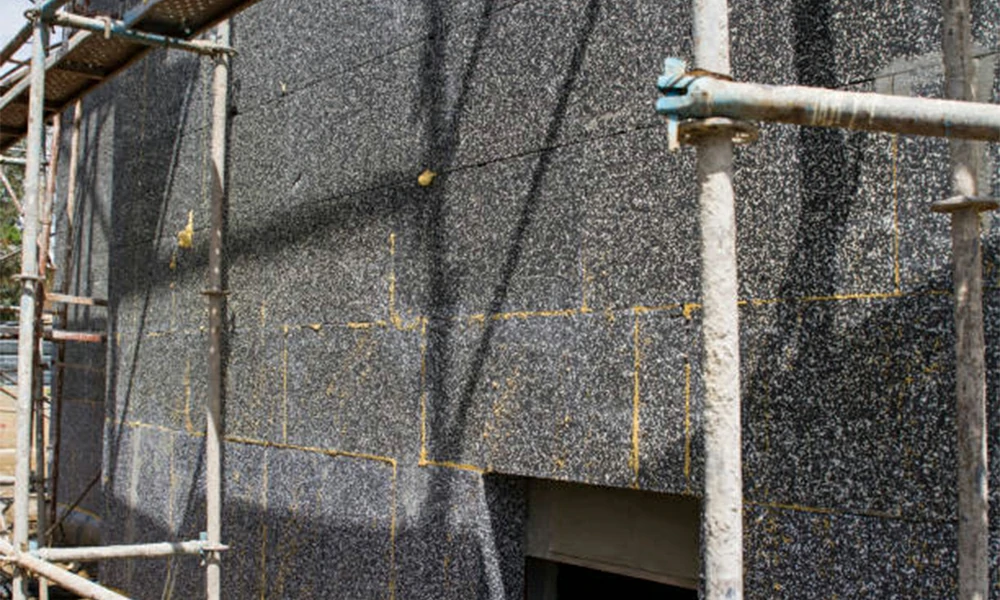
For projects requiring robust thermal resistance, 4 inch rigid foam insulation and 3 inch rigid insulation are ideal choices. These thick panels are specifically designed to provide superior insulation, effectively maintaining interior temperatures and reducing the building’s overall energy consumption. In fact, utilizing these high-density options can lead to energy savings of up to 30%, making a significant impact on the sustainability of any structure.
Lighter and more adaptable options like 2 styrofoam sheets and .5 inch insulation board offer flexibility and ease of installation, which are crucial for quick renovations or projects with unique architectural requirements. These sheets are effective in fitting into irregular spaces while still providing excellent thermal properties.
Additionally, for those needing extensive coverage, the 4 inch insulation board and 3 insulation board are reliable choices. These panels cover large areas efficiently, ensuring a consistent barrier against heat loss and helping to maintain a controlled environment inside the building.
This comprehensive lineup of foam insulation panels provides effective solutions for enhancing energy efficiency. By selecting the right product, such as the 1 4 foam board insulation for tighter spaces or the 4 rigid insulation for demanding applications, builders and homeowners can achieve significant improvements in building performance. Proper installation of these products not only supports energy conservation but also contributes to long-term cost savings and environmental stewardship.
What are the benefits of using exterior insulation panels?
Exterior insulation panels offer several benefits:
Improved Energy Efficiency: They reduce heat loss in winter and heat gain in summer, leading to lower energy bills.
Enhanced Comfort: They provide a more consistent indoor temperature and reduce thermal bridges.
Structural Protection: They protect the building structure from moisture and temperature fluctuations.
Aesthetic Appeal: They can be finished with a variety of cladding materials to enhance the building’s appearance.
Sustainability: Many exterior insulation panels are made from recycled materials and contribute to LEED certifications.
How do exterior insulation panels work?
Exterior insulation panels work by creating a thermal barrier around the building. They are installed directly onto the exterior walls, often over a water-resistive barrier, and are then finished with a cladding material. This system helps to maintain a consistent temperature inside the building and reduces the impact of external weather conditions.
What are the common types of exterior insulation panels?
The common types of exterior insulation panels include:
- Phenolic Insulation Panels: Known for their high R-value, fire resistance, and low thermal conductivity.
- Polyurethane Insulation Panels: Offer excellent insulation properties and are often used in spray foam applications.
- Expanded Polystyrene (EPS) Panels: Lightweight and economical, suitable for a variety of applications.
- Extruded Polystyrene (XPS) Panels: Have higher moisture resistance and are often used in foundation insulation.
